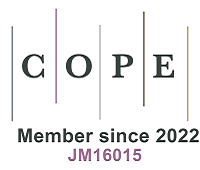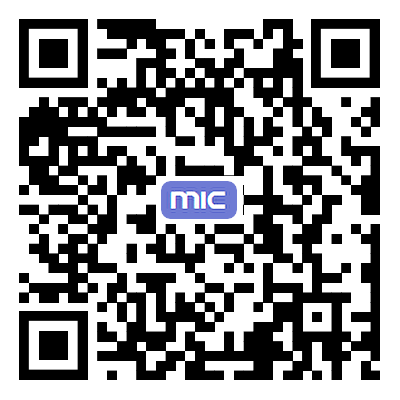Deformation analysis of harmonic structured high-entropy CrMnFeCoNi alloy during in-situ tensile tests using micro-digital image correlation
Abstract
There is a trade-off relationship between strength and ductility in the case of homogeneous crystalline metals. This work assessed the deformation characteristics of a high-entropy CrMnFeCoNi alloy having a harmonic structure, defined as a coarse-grained structure surrounded by a network of fine grains to solve this problem. These evaluations were performed by in situ tensile tests using micro-digital image correlation (micro-DIC). Mechanically milled CrMnFeCoNi powder was consolidated at 1,273 K by spark plasma sintering to fabricate the harmonic structured alloy. The microstructure of this material was characterized by optical microscopy and electron backscatter diffraction while the micro-hardness distribution was obtained from Vickers hardness tests. Micro-DIC analyses were able to determine strain distributions without dot patterning based on microstructural heterogeneity. Pronounced strain partitioning was observed and high strain peaks were generated near the boundaries between fine- and coarse-grained structures. Fracture surface observations using scanning electron microscopy confirmed that cracks were initiated within the fine-grained structures due to stress partitioning, as verified by finite element analysis. Thus, in contrast to homogeneous coarse-grained alloys, a harmonic structured CrMnFeCoNi specimen was able to exhibit both high strength and high ductility.
Keywords
High-entropy alloy, heterogeneous structure, powder metallurgy, grain refinement, micro-digital image correlation, strain partitioning














